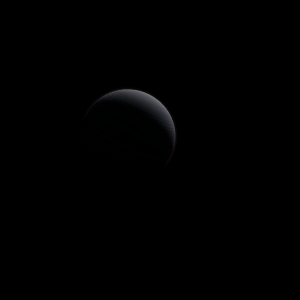|
|
Space Astro
|
Info for exoplanet "Lwuk"
| Scientific (actual) data |
|---|
| Name | TOI-519 b |
| Planet status | Confirmed |
| Planet mass | 0.525 |
| Radius | 1.059 |
| Orbital period | 1.26523 |
| Semi major axis | 0.01648 |
| Orbit eccentricity | 0.06 |
| Inclination | 88.19 |
| Discovered | 2021 |
| Updated | 2023-07-15 |
| Tzero tr | 2459010 |
| Impact parameter | 0.313 |
| K | 191 |
| Temperature (kelvin) | 760 |
| Publication | Published in a refereed paper |
| Detection type | Primary Transit |
| Mass measurement type | Radial Velocity |
| Radius measurement type | Primary Transit |
| Star name | TOI-519 |
| Right ascension | 124.61° |
| Declination | -19.66° |
| Star distance | 115.93 |
| Star mass | 0.369 |
| Star radius | 0.373 |
| Star sp type | M3.5 |
| Star temperature | 3350 |
| Wikipedia article | TOI-519 b |
Back
| |
| Fictional info (?) |
|---|
| Suggested name | Lwuk |
| Planet type | Hot gas giant |
| It has the densest atmosphere of all the hot gas giants, consisting of huge amounts of ammonium hydrosulfide (NH4SH).
The outer atmosphere is visibly segregated into several bands at different latitudes, resulting in turbulence and storms along their interacting boundaries. The largest moon, Yingcwo Gwanpyao, has a diameter greater than that of the planet Mars. |
| Atmosphere | Ammonium hydrosulfide (NH4SH) | 86% |
| Hydrogen deuteride (HD) | 13% |
| Atmospheric pressure | 80 bar |
 |
| Moon | Kweng Byiw | Large almost round rocky asteroid |
| Yingcwo Gwanpyao | Large irregular ice comet |
| Rwang | Large potato shaped crater-filled moon |
| Zhyingy Aizhwai | Large irregular crater-filled moon |
| Shwai | Large irregular rocky asteroid |
| Google search for Lwuk |
|
Website by Joachim Michaelis
|
|
|
|